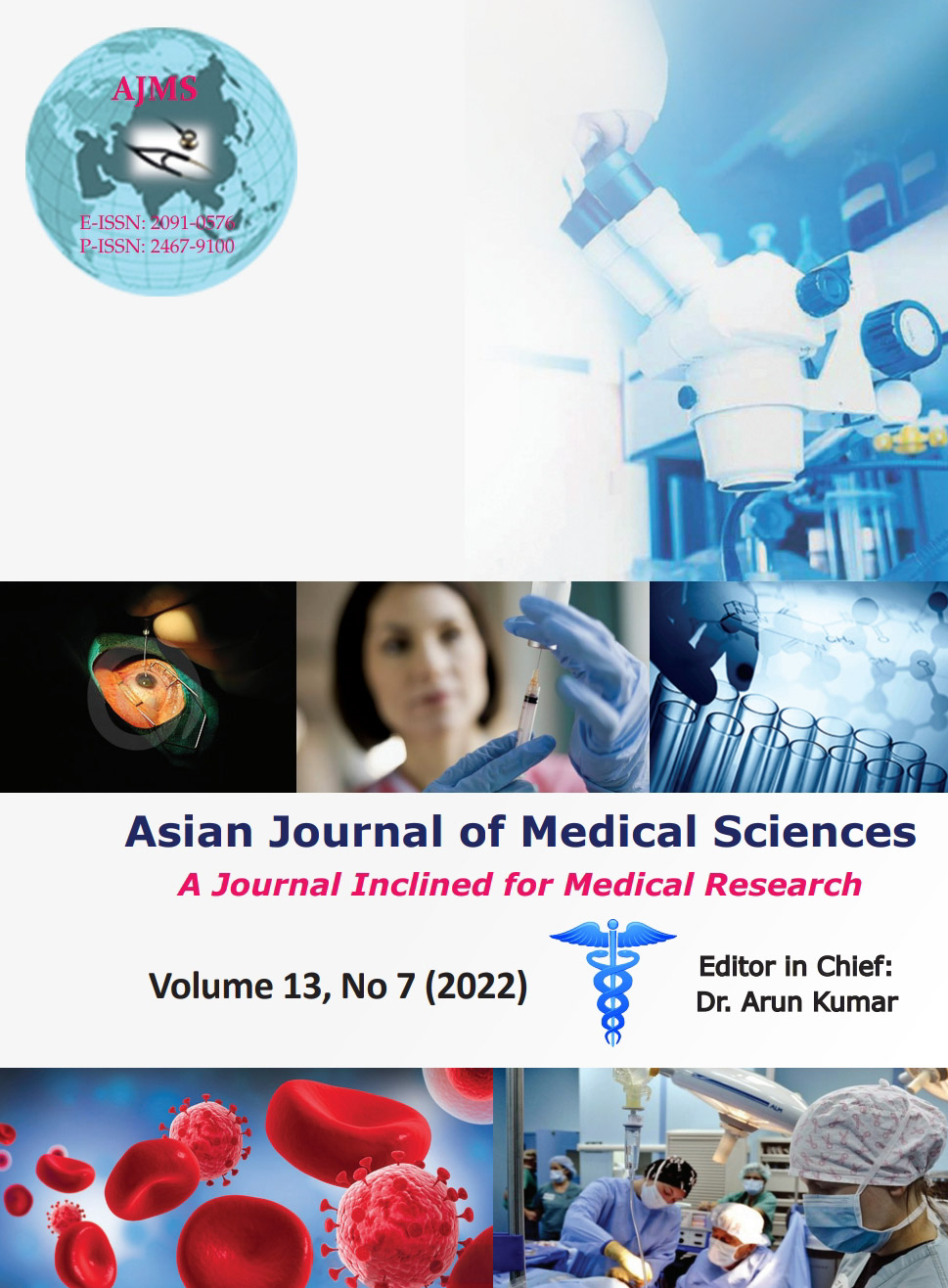A Study on Evaluating the pattern of medicine use by patients undergoing dialysis in a tertiary care hospital of Eastern India
Keywords:
Dialysis unit, Prescription pattern, Tertiary care hospitalAbstract
Background: Patients of end stage renal diseases on hemodialysis often suffer from multiple comorbidities leading to poly pharmacy which might lead to potential drug-drug interaction.
Aims and Objectives: The aim of this study was to assess the pattern of medicines prescribed to patients undergoing dialysis in a tertiary care hospital.
Materials and Methods: A cross-sectional observational study was conducted on patients admitted in dialysis unit to assess the pattern of drug use among them in a tertiary care hospital in eastern India from June to December 2019. With prior approval from the Institutional Ethics Committee the demographic details, biochemical and hematological parameters and details of medicine use were captured in a pre-designed, pre-validated form. The data were interpreted in mean, percentage, and diagrams using Microsoft Excel 2010.
Results: Among the recruited patients (n=160), majority of them were homemakers (30.62%) and unemployed (30%), out of which 42.75% were male and 51.25% were female suffering from chronic kidney diseases (70.62%) and acute kidney injury (29.37%). The mean age of the study population was 46.7±16.35 years. The mean pre-dialyzed systolic and diastolic pressure (mm Hg) and pulse rate recorded was 140.56±21.94, 83.04± 13.29, and 81.97±5.51, respectively. Before hemodialysis, the mean hemoglobin level was 11.135±1.219 gm/dl, urea139.81±69.29 mg/dl, creatinine 6.48±3.77mg/dl, sodium 136.63±4.07mEq/L, and potassium 4.47± 1.00 mEq/L. Major comorbidities found associated with these patients were hypertension (68.75%), diabetes mellitus (52.5%), and hypothyroidism (11.87%). The commonly prescribed drugs were anti-hypertensive (73.8%), proton pump inhibitors mainly pantoprazole (68.1%), diuretic (86.2%), calcium supplements (74.3%), insulin (53.1%), and erythropoietin (49.3%). Average number of drugs administered per patient was 5.3±1.78.
Conclusion: Patients in the dialysis unit are exposed to multiple drugs at a time due to their association with multiple comorbidities. Physician need to deal such patients very cautiously to avoid drug-drug interactions and adverse drug effects.
Downloads
Downloads
Published
How to Cite
Issue
Section
License
Copyright (c) 2022 Asian Journal of Medical Sciences

This work is licensed under a Creative Commons Attribution-NonCommercial 4.0 International License.
Authors who publish with this journal agree to the following terms:
- The journal holds copyright and publishes the work under a Creative Commons CC-BY-NC license that permits use, distribution and reprduction in any medium, provided the original work is properly cited and is not used for commercial purposes. The journal should be recognised as the original publisher of this work.
- Authors are able to enter into separate, additional contractual arrangements for the non-exclusive distribution of the journal's published version of the work (e.g., post it to an institutional repository or publish it in a book), with an acknowledgement of its initial publication in this journal.
- Authors are permitted and encouraged to post their work online (e.g., in institutional repositories or on their website) prior to and during the submission process, as it can lead to productive exchanges, as well as earlier and greater citation of published work (See The Effect of Open Access).




